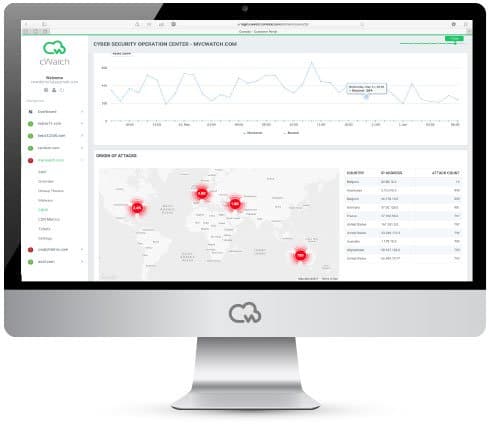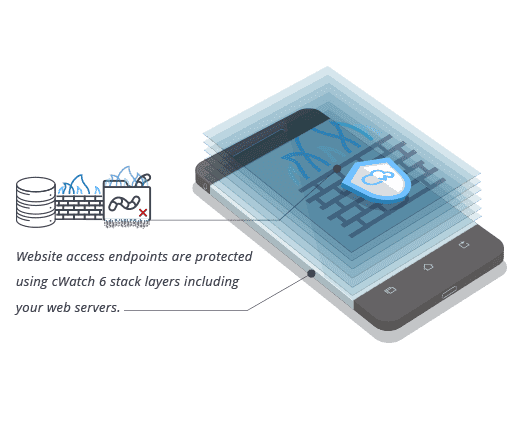DDoS Monitoring Tool: Best DDoS Attacks Tools for Protection
Before looking at the definition of a DDoS monitoring tool, we first have to know what DDoS is. DDoS is an acronym for Denial-of-service attack; this in itself is an attack that is made on a server or webpage to decrease its productivity by overwhelming it with traffic.
This renders the targeted webpage ineffectual for the entirety of such attacks. The hallmark of DDoS attacks is the scattered nature of the malevolent traffic, which stems from a botnet: a hacker-controlled system of virus-infected devices spread across the world.
Therefore, a DDoS monitoring tool is a security instrument that web page owners subscribe to or purchase to check if the various types of DDoS attacks have compromised their websites.
Hackers have developed several technical styles for taking out online marks through DDoS. These are the attacks a DDoS monitoring tool identifies. This review will in detail look at types of DDoS attacks and examples of DDoS attacks as well.
Which Types of Attacks Does a DDoS Monitoring Tool Check For?
1. Volumetric Attacks
This is a classic DDoS assault; these assaults utilize certain techniques to produce enormous traffic volumes to saturate bandwidth, making a gridlock that makes it hard for real traffic to stream in or out of the targeted webpage.
2. Protocol Attacks
Protocol assaults are intended to consume the processing limit of network structure assets like firewalls, servers, and load balancers by focusing on L3 and L 4 protocol interchanges with malicious link requests.

3. Application Attacks
This is part of the more complex DDoS assaults; these exploit shortcomings in the app layer—by opening links and commencing transaction and process requests that devour limited assets like available storage or disk space.
Examples of Attacks A DDoS Monitoring Tool Can Identify Include:
UDP Flood
A UDP flood, by description, is any DDoS assault that floods a mark with User Datagram Protocol (UDP) bundles. The objective is to flood a remote host with random ports.
This makes the host over and again check for the app listening to that port and (when no app is discovered) answer with an ICMP bundle. This procedure saps host assets, which can eventually prompt unavailability.
Ping (ICMP) Flood
A ping (ICMP) flood similar to a UDP flood devastates the target asset with ICMP Echo Request packs, normally relaying the packs as quickly as possible without waiting for responses.
This sort of assault can devour both incoming and outgoing bandwidth since the target server will frequently try to react with ICMP Echo Response bundles, resulting in a vast general system stoppage.
HTTP Flood
In an HTTP (Hypertext Transfer Protocol) flood DDoS assault, the hacker exploits authentic POST or HTTP requests to assault a web app or server. HTTP floods don't utilize deformed packs or spoofing methods.
They need less data transmission than other attacks to crash the targeted server or web page. The assault is best when it forces the app or server to assign the highest number of assets possible in retort to each request.
Ping of Death (POD)
A ping of death assault is whereby a hacker sends various malicious or distorted pings to a PC. The most extreme bundle length of an IP bundle is about 65,000 bytes. In any case, the DLL (data link layer) as a rule poses a restriction on the largest frame size.
It's at least 1000 bytes over an internet link. For this situation, a vast IP bundle is split across numerous Ip bundles, also known as fragments and the receiver host reunites the IP fragments into an entire bundle.
In a Ping of Death situation, following malicious control of fragment content, the receiver winds up with an IP bundle over 65,000 bytes when reunited. This can flood memory cushions assigned to the bundle, causing DDoS for authentic bundles.
Slowloris
Slowloris is a vastly targeted assault, empowering a single web server to bring down another server without upsetting other ports or services on the target network. Slowloris does this by holding as many links to the target web app or server as possible.
Slowloris also holds these links for the highest possible time. It achieves this by making links with the objective server but only sending a fractional request. Slowloris continually sends more headers, but it never concludes the request.
The targeted server keeps every one of these false links open. This ultimately floods the maximum parallel link pool and prompts denial of extra links from legitimate customers.
Final Thought on DDoS Monitoring Tool
All in all, DDoS attacks can be highly frustrating hence why you should be prepared with a DDoS monitoring tool. This tool can scan for a myriad of DDoS attacks, as illustrated above, thereby ensuring that your webpage and its users are secure.
Related Resource





